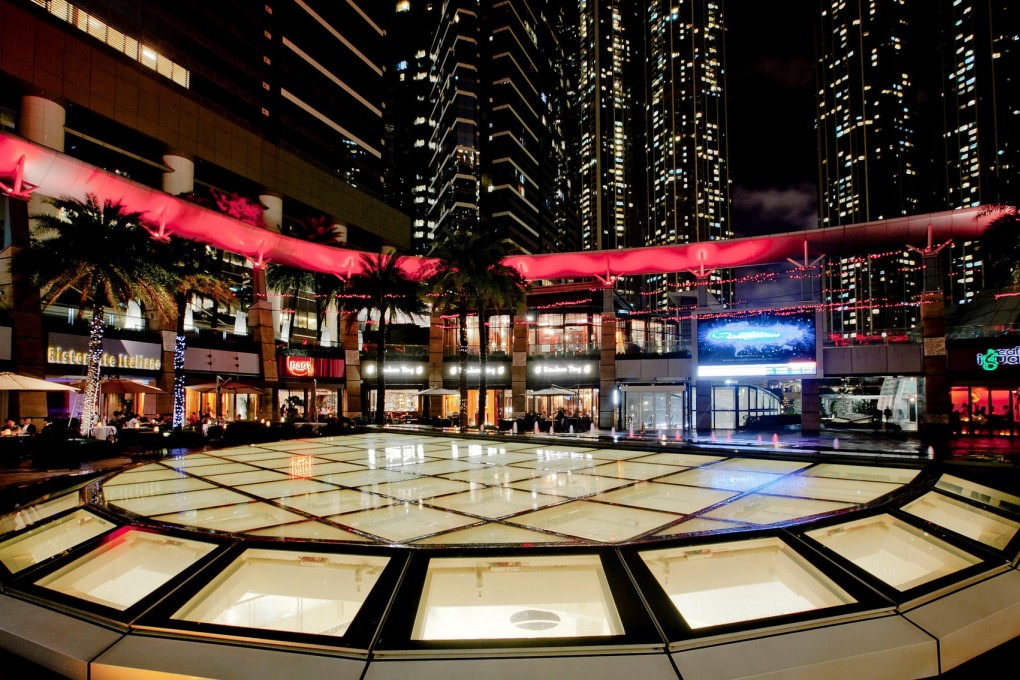Elements mall has sights set on becoming a go-to place for gourmets
After weathering the global financial crisis, Elements mall is hoping it has the right mix of restaurants to create an alfresco foodie paradise, writes Bernice Chan

Civic Square, the alfresco dining space on the roof of Elements mall, didn't get off to an auspicious start. Besides having to overcome the relative isolation of its location in West Kowloon, the timing of its opening was also unfortunate.
All the restaurants were in place when operations began in late 2007, but there weren't many customers to be had. Construction at the high-end complex was being completed in phases, and the adjacent residential blocks were only partly occupied. Anchor tenants at the attached International Commerce Centre also had yet to move in.
Not long after, the global financial crisis struck, sending a chill through the economy and hollowing the ranks of financial professionals who would have been among their best patrons.
We wanted to make Elements a kind of breathing space in a metropolitan area
These days, however, there's a pleasant hum around the square and managers dream once again that the venue will become a foodie haunt.
Restaurant options now range from fine dining Italian at Joia, Mexican fare at Café Iguana, contemporary Chinese at Kowloon Tang and casual meals and drinks at Stormies. Madam S'ate, a French-style bistro, joined the line-up in November and this month will bring the opening of Toro, a Latin-style steakhouse and gastrobar featuring a menu by Mexican celebrity chef Richard Sandoval.
For the first 18 months, though, "it was tough, like every new mall", recalls Pino Piano, director of Gaia Group, which runs Joia.
When they opened, he says, the big banks such as Morgan Stanley, Credit Suisse and Deutsche Bank weren't yet in there. "But after they came, we were busy all day long. We find that people start late and finish late, so we're busy from the moment we open until we close."